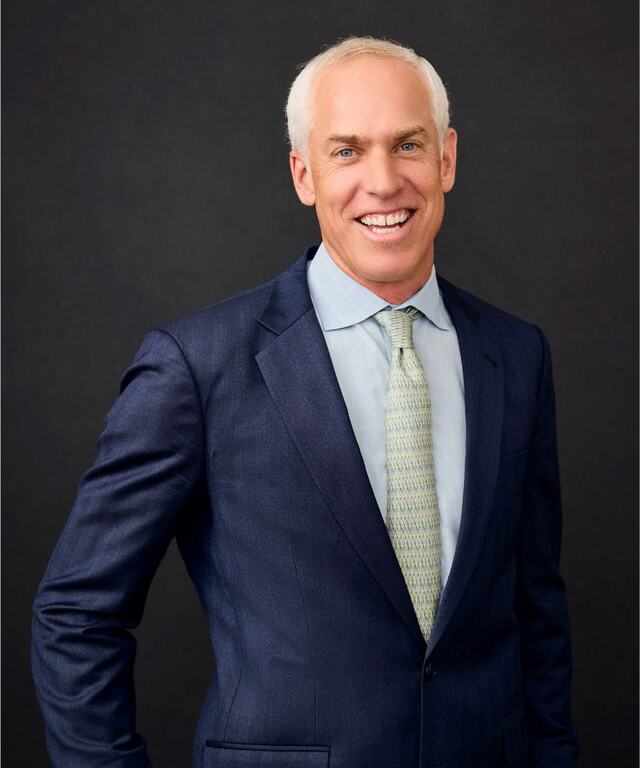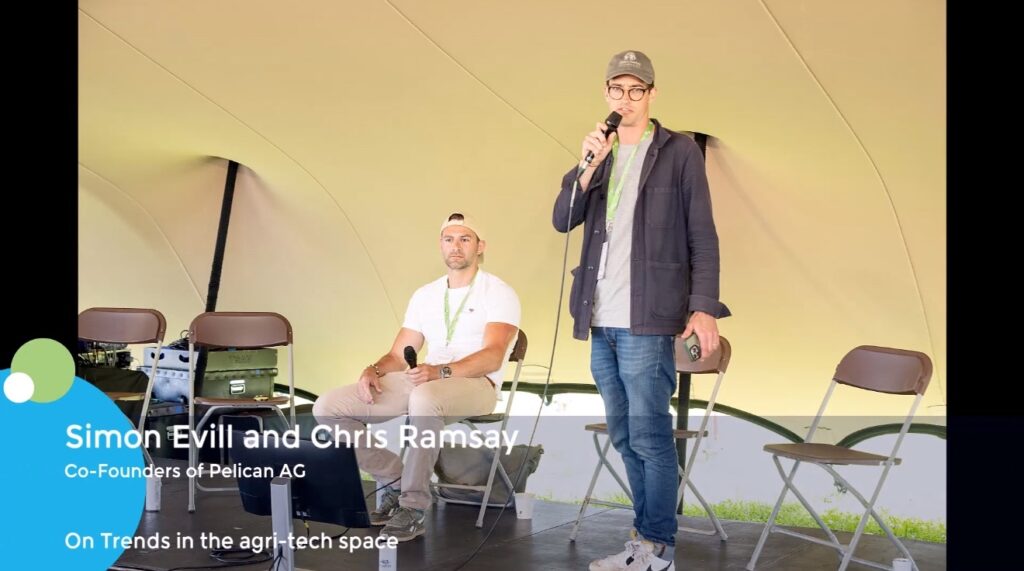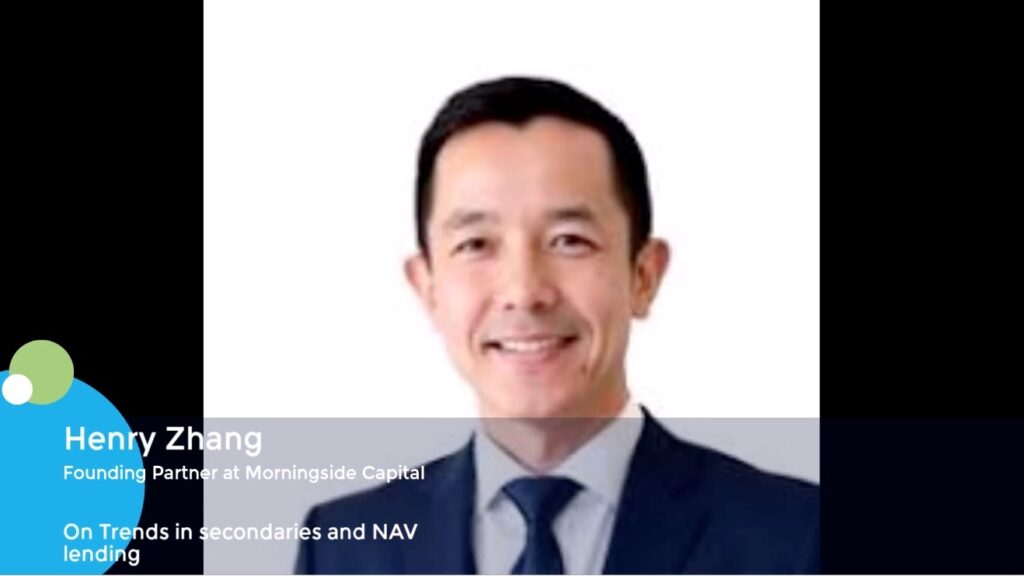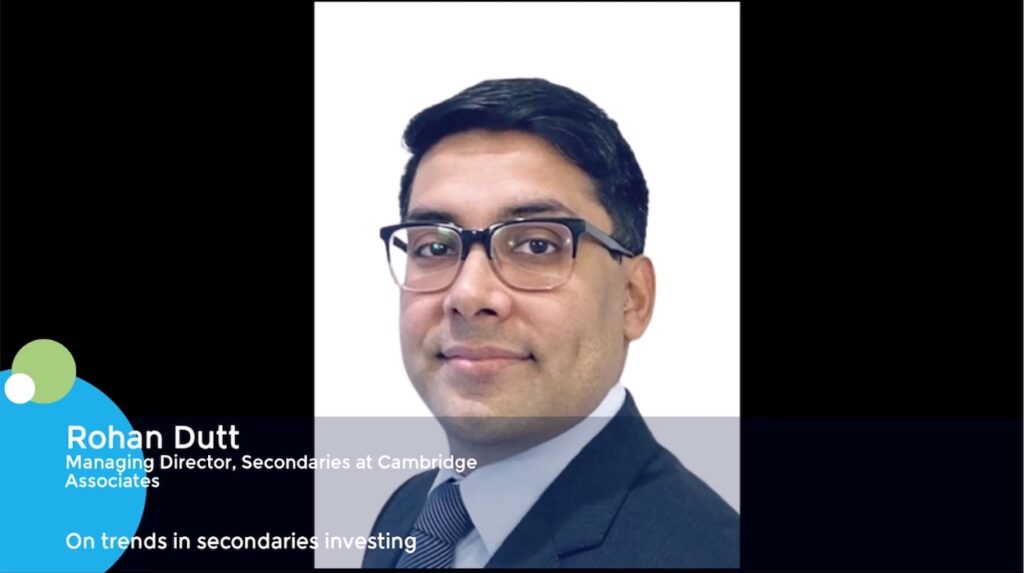One Equity Partners stays the course with mid-market playbook
- OEP invests alongside mid-market owners, leverages M&A to transform companies
- Sponsor sees opportunities across all three core sectors
- Achieved six full exits since start of 2024, including first full exit from Fund VIII
One Equity Partners (OEP) spun out of JPMorgan in 2015. Ten years on, the New York-based firm – initially established as the in-house PE arm of Bank One in 2001 – is broadly following the same tried and tested playbook, focusing on three core sectors on both sides of the Atlantic.
“From the beginning, we had our footprint mainly in New York, Chicago, and Frankfurt, focusing on industrials, tech and healthcare in the middle market in North America and Western Europe,” Jamie Koven, a partner at OEP, told Mergermarket.
The GP, which also has an office in Amsterdam, looks for businesses that have robust gross margins but may have significant expenses underneath. Such opportunities allow OEP to bring ideas to the table that can swiftly create value, typically via transformational M&A.
“Our main value creation lever is combining complementary businesses that belong together, thereby creating a more efficient income statement by reducing duplicative costs,” said Koven.

Jamie Koven, partner at One Equity Partners.
An investment in aftermarket parts and services provider WW Williams, which was exited in January, showcases the OEP playbook. When the sponsor invested in the Columbus, Ohio-based business in 2016, it was an over 100-year-old, family-owned company with a solid, reliable earnings base in a sector where there was ample opportunity for transformational growth via M&A.
“It was a classic OEP investment,” said Koven. “We approached the Williams family with ideas on how to scale the business. They liked these ideas, took some money off the table, and continued to own a minority stake”
Over the course of OEP’s ownership, WW Williams made several acquisitions -including the 2017 purchase of vehicle maintenance service and parts provider Auto Safety House and the 2020 acquisition of CP Company, a dealer of transport refrigeration and temperature-control equipment- that allowed the company to diversify and expand geographically. By the time of OEP’s exit, this strategy had helped to triple the company’s EBITDA.
OEP invested in WW Williams from its sixth fund, a USD 1.65bn vehicle that closed in 2017. As previously reported, the sponsor is currently raising its Fund IX, according to regulatory filings.
The firm’s LP base has steadily broadened geographically over the years. “Since we spun out of JP Morgan in 2015, our LP base has been more focused on the US, but we’ve been growing in other geographies, including Europe, Asia, and Latin America. We also have some investors in the Middle East,” said Koven.
Olympic heritage
OEP’s approach also relies heavily on a team sports culture that has been carefully nurtured since the firm’s inception. Founder Dick Cashin was a member of the 1976 and 1980 US Olympic rowing teams, and a world champion in the sport in 1974.
The firm has recruited heavily from athletic circles. Koven, who has been with OEP since 2001, is an Olympian himself, having been part of the US rowing teams at the Atlanta (1996) and Sydney (2000) games. He is also a two-time world rowing champion.
As of June 2024, including Cashin and Koven, there were eight Olympic rowers on OEP’s investment team, and 10 athletes in total. Greg Belinfanti, OEP’s president, played college basketball at New York University and professionally in France, while Mario Ancic, a principal at the firm, is a former tennis player, who notably helped Croatia win the 2005 Davis Cup. He took bronze in men’s doubles at the Athens Olympic Games a year earlier.
Teamwork in deal sourcing
Effective teamwork is a core facet of OEP’s investment process, not least in deal sourcing. Its investment professionals rely on a consistent flow of industry analysis from an in-house research team. Their work drills into specific market segments, often highlighting businesses that could benefit from coming together – in line with OEP’s focus on pinpointing business combinations – as well as identifying the larger strategic acquirers that are buying companies in the area.
Building on this foundation, as well as drawing opportunities from a network of operating partners, OEP’s senior investment professionals devote significant time reaching out to prospective targets.
“We’re calling on 500 to 600 companies a year armed with ideas on why we want to partner with them, and around how we can make a combination happen that builds value in a business and strengthens their market position,” said Koven.
From this initial engagement, it can take up to two years for a deal to take shape. This approach means that, most often, OEP invests in proprietary opportunities, rather than taking part in auctions.
“We don’t have a rule against competing in auctions for deals, but it’s not our focus or something we place a lot of emphasis on doing,” explained Koven. “Most of the time, it’s non-auction processes that we’re involved in.”
OEP has been active on the deployment front of late. Across its core sectors, the sponsor is seeing opportunities in industrials, especially in onshore manufacturing and distribution in both North America and Europe.
In February, OEP announced an agreement to acquire Wheeler Fleet Solutions, an aftermarket parts distribution business from VSE Corporation, in a deal slated to close in 2Q25. This was followed by the acquisition of CraftMark, a supplier of baked products, in March. The CraftMark deal was made by OEP’s industrials team, given the target’s focus on producing baked goods in large production facilities with industrial-grade equipment.
On the tech side, areas of focus currently include IT managed services, with a recent example coming with last October’s acquisition of York Telecom Corporation.
Overall, the firm sees little reason to change its investment approach. “Looking ahead, our priorities for this year remain the same: steady deployment of capital into good companies in our sectors of focus with merger opportunities,” said Koven.
Target companies have USD 100m-USD 1bn in enterprise value (EV), EBITDA in the USD 10m-USD 150m range, and USD 100m-USD 750m in revenue. The check size is USD 30m-USD 150m per deal, not including co-investment.
Exits in abundance
While it has been busy deploying capital, the firm has also been actively monetizing investments from previous vintages. In total, there have been six full exits since the start of 2024. Three have been to strategic acquirers, which is an outcome OEP aims for early on in the investment process.
“We prefer looking at somewhat fragmented subsectors within our core industries where larger businesses might eventually acquire our investments,” said Koven.
The six deals notably include a first full exit from the firm’s USD 2.75bn 2021 vintage Fund VIII, after the sale of Dragonfly Financial Technologies to FIS last November. OEP had carved Dragonfly out of payments company ACI Worldwide just over two years earlier. OEP has also made partial realizations from other Fund VIII investments.
Of the other deals, in addition to January’s WW Williams exit, there was one other exit from Fund VI, with the sale of OEP’s remaining stake in semiconductor business Allegro Microsystems last October. The three remaining exits all came from Fund VII: Computer Design & Integration; Walki; and Crayon.
Looking ahead, Koven anticipates further activity, notwithstanding a market environment that continues to prove challenging for sponsor exits.
“We’re building companies that we believe will be sellable in both good and bad markets,” he said. “Several companies are reaching the point where it could be time to exit, and we feel confident there will be strong interest at that point.”
According to previous Mergermarket reports, potential 2025 exits include Spanish digital transformation and technology consulting company VASS Consultoría de Sistemas, acquired in late 2020, and German power transformer manufacturer SGB-SMIT, a 2017 investment.
In the US, meanwhile, after a promising start to the year, there are concerns that uncertainty over trade tariffs could stymie deal activity. Koven, however, notes that OEP has invested in companies previously impacted by tariffs, with a positive outcome.
“We’re investing in businesses that we believe will continue to perform well regardless of trade barriers,” said Koven.










